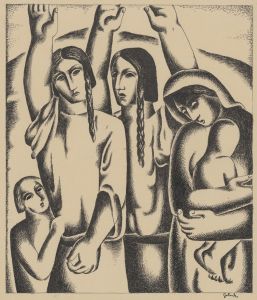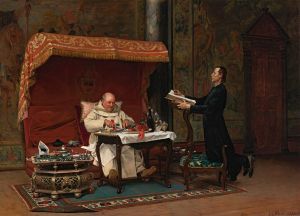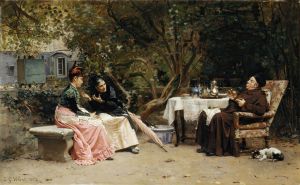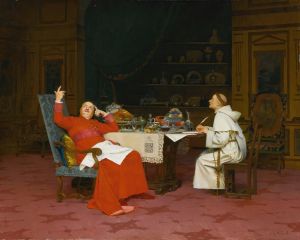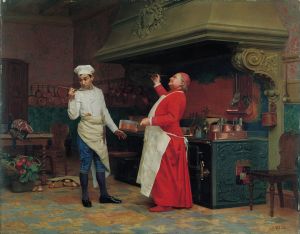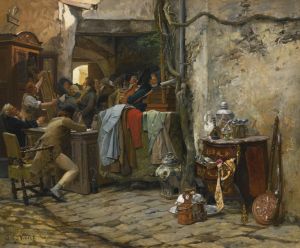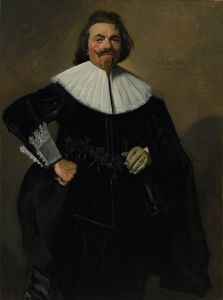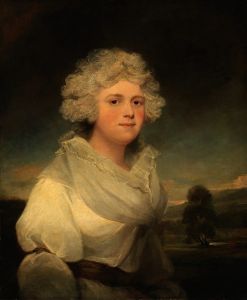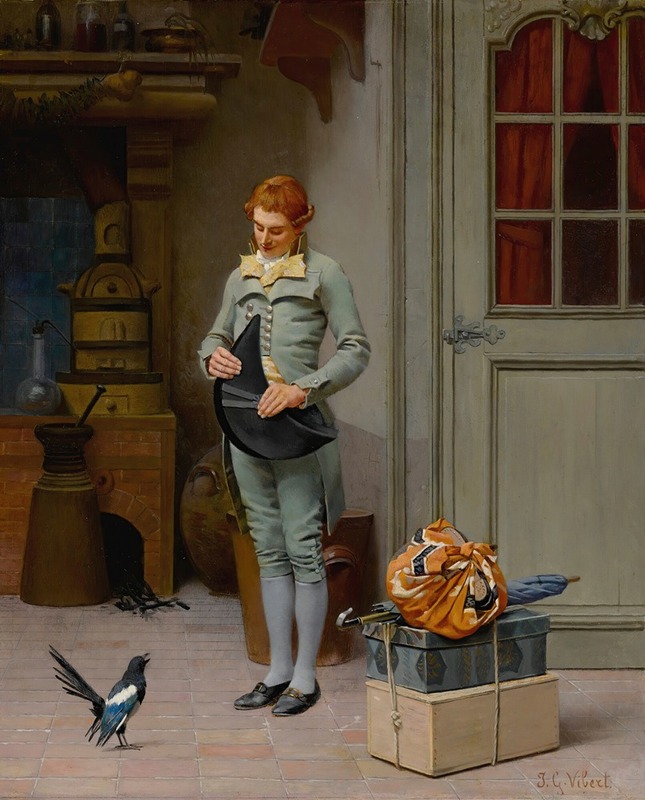
Le Nouveau Commis
A hand-painted replica of Jehan Georges Vibert’s masterpiece Le Nouveau Commis, meticulously crafted by professional artists to capture the true essence of the original. Each piece is created with museum-quality canvas and rare mineral pigments, carefully painted by experienced artists with delicate brushstrokes and rich, layered colors to perfectly recreate the texture of the original artwork. Unlike machine-printed reproductions, this hand-painted version brings the painting to life, infused with the artist’s emotions and skill in every stroke. Whether for personal collection or home decoration, it instantly elevates the artistic atmosphere of any space.
Jehan Georges Vibert was a notable French academic painter of the 19th century, recognized for his satirical and often humorous depictions of clergy and religious themes. One of his works, "Le Nouveau Commis" (The New Clerk), exemplifies his skill in capturing the nuances of human expression and societal commentary.
"Le Nouveau Commis" is a painting that reflects Vibert's characteristic style, which often involved detailed and vivid portrayals of scenes with a touch of irony or wit. While specific details about this particular painting are limited, Vibert's broader body of work provides context for understanding its likely themes and style.
Vibert was born in Paris in 1840 and studied at the École des Beaux-Arts under the tutelage of prominent artists such as François-Édouard Picot and Félix-Joseph Barrias. His education and early exposure to the art world in Paris greatly influenced his development as a painter. Vibert became known for his genre paintings, which often depicted scenes from everyday life with a focus on the clergy, capturing the idiosyncrasies and sometimes the hypocrisy of religious figures.
His works are characterized by meticulous attention to detail, vibrant colors, and a keen sense of humor. Vibert's paintings often served as social commentary, using satire to critique the excesses and contradictions within the church and society at large. This approach made his work popular among audiences who appreciated both his technical skill and his insightful observations.
"Le Nouveau Commis" likely fits within this tradition, portraying a scene that combines Vibert's artistic talents with his penchant for storytelling. While the specifics of the painting's composition and subject matter are not widely documented, it can be inferred that the work involves a narrative element, possibly highlighting the interactions or dynamics between characters in a clerical or bureaucratic setting.
Vibert's paintings were well-received during his lifetime, and he exhibited regularly at the Paris Salon, where he garnered critical acclaim. His ability to blend humor with technical precision made his works appealing to a broad audience, and they continue to be appreciated for their artistic and historical value.
In addition to his painting career, Vibert was also an accomplished playwright and author, further showcasing his versatility and creative talents. His contributions to the arts extended beyond the canvas, influencing both the visual and literary landscapes of his time.
Overall, while specific information about "Le Nouveau Commis" is scarce, Jehan Georges Vibert's legacy as an artist is well-documented. His works remain a testament to his skillful blend of artistry and social critique, capturing the complexities of human nature with wit and precision.







